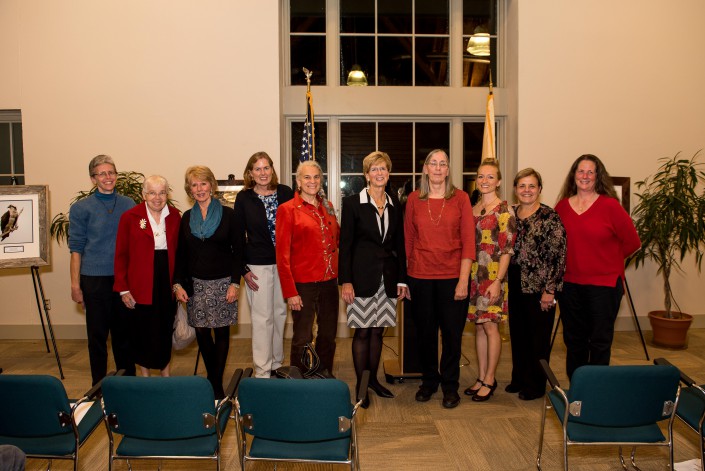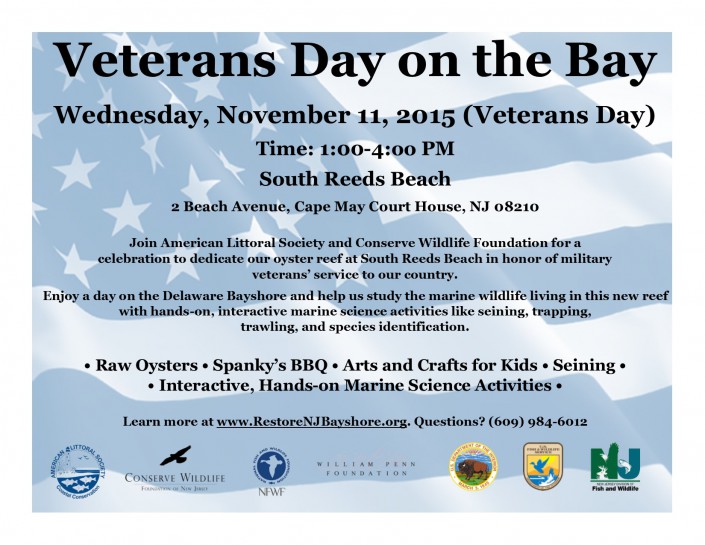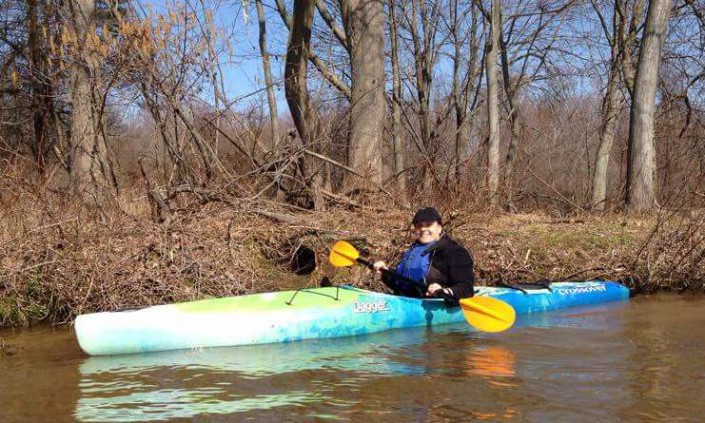Three New Jersey Women Recognized at Tenth Annual Women & Wildlife Awards
MacKenzie Hall, Pat Hamilton, Tanya Oznowich honored at Conserve Wildlife Foundation’s 10th Annual Women & Wildlife Awards
by Lindsay McNamara, Communications Manager

Our Tenth Annual Women & Wildlife Awards, held at Duke Farms, recognized three women – MacKenzie Hall, Pat Hamilton, and Tanya Oznowich – for their leadership in protecting wildlife in New Jersey. The Honorable Christine Todd Whitman served as the keynote speaker.
The Women & Wildlife Awards celebrated Conserve Wildlife Foundation’s past decade of honoring women for their success in protecting, managing, restoring, and raising awareness for the Garden State’s endangered and imperiled wildlife species.
“The inspiring leadership of MacKenzie Hall, Pat Hamilton, and Tanya Oznowich not only benefits New Jersey’s wildlife and the countless people who care strongly for our outdoors – it provides successful role models for the next generation of girls in scientific fields that have for too long held a glass ceiling for young women,” said CWF Executive Director David Wheeler. “Their unparalleled dedication and hard work – like that of the Women & Wildlife honorees over the past decade – has helped make New Jersey a national leader in wildlife conservation.”
The three honorees were recognized individually with awards in Inspiration, Leadership, and Education:
MacKenzie Hall, a powerful force behind the conservation of wildlife in New Jersey, who began working as a wildlife biologist for Conserve Wildlife Foundation in 2004 before joining the Endangered and Nongame Species Program in 2014, is the recipient of the Women & Wildlife Inspiration Award. She has been involved in a number of projects spanning bat colonies, migrating amphibians, and grassland birds.
In her work to implement conservation programs such as the Natural Resources Conservation Service’s Wildlife Habitat Incentive Program, Ms. Hall’s keen understanding of the process and positive attitude turned many farmers and landowners into dedicated environmental stewards. What may be most remarkable about Ms. Hall is her ability to motivate the public and inspire non-scientists of all ages to become passionate conservationists.
Women & Wildlife Leadership Award Winner Pat Hamilton has worked for the New Jersey Division of Fish and Wildlife Bureau of Freshwater Fisheries since 1980. She is considered to be the champion for Eastern brook trout, the state’s only native salmonid, and a species once extirpated from over 50% of its historical habitat due to human impacts.
Ms. Hamilton is one of three fisheries biologists in New Jersey endeavoring to strengthen the state regulations to further conserve native brook trout streams. Thanks to her efforts, more than 200 northern New Jersey streams have been designated as Trout Production Streams, which afford the streams higher levels of state protection.
The recipient of the Women & Wildlife Education Award is Tanya Oznowich, Environmental Education Supervisor of the New Jersey Department of Environmental Protection, who has championed environmental education for over three decades.
Schools across New Jersey are incorporating environmental education into their curriculum, a new movement inspired by a growing awareness of environmental issues and our shared role in understanding and resolving them. To a large degree, this growing prominence is thanks to Tanya Oznowich. She has been engaging the public in natural resources since 1979. Since beginning her tenure with the NJDEP in 1988, she has dedicated herself to integrating environmental science into New Jersey’s classrooms, from kindergarten to college.
The Tenth Annual Women & Wildlife Awards, held on Wednesday, October 28 at Duke Farms in Hillsborough, New Jersey, included a presentation of the awards to the recipients, hors d’oeuvres, cash bar and a silent auction.
Learn More:
- Conserve Wildlife Foundation’s Women & Wildlife Awards
- Conserve Wildlife Foundation’s Facebook Photo Album
- [Video]: Celebrating Ten Years of Women & Wildlife
We gratefully thank our generous Eagle Sponsors who made the Women & Wildlife Awards possible: PSEG, Atlantic City Electric, Janice King and Bill Masonheimer, and Eric Sambol.
Lindsay McNamara is the Communications Manager for Conserve Wildlife Foundation of New Jersey.













